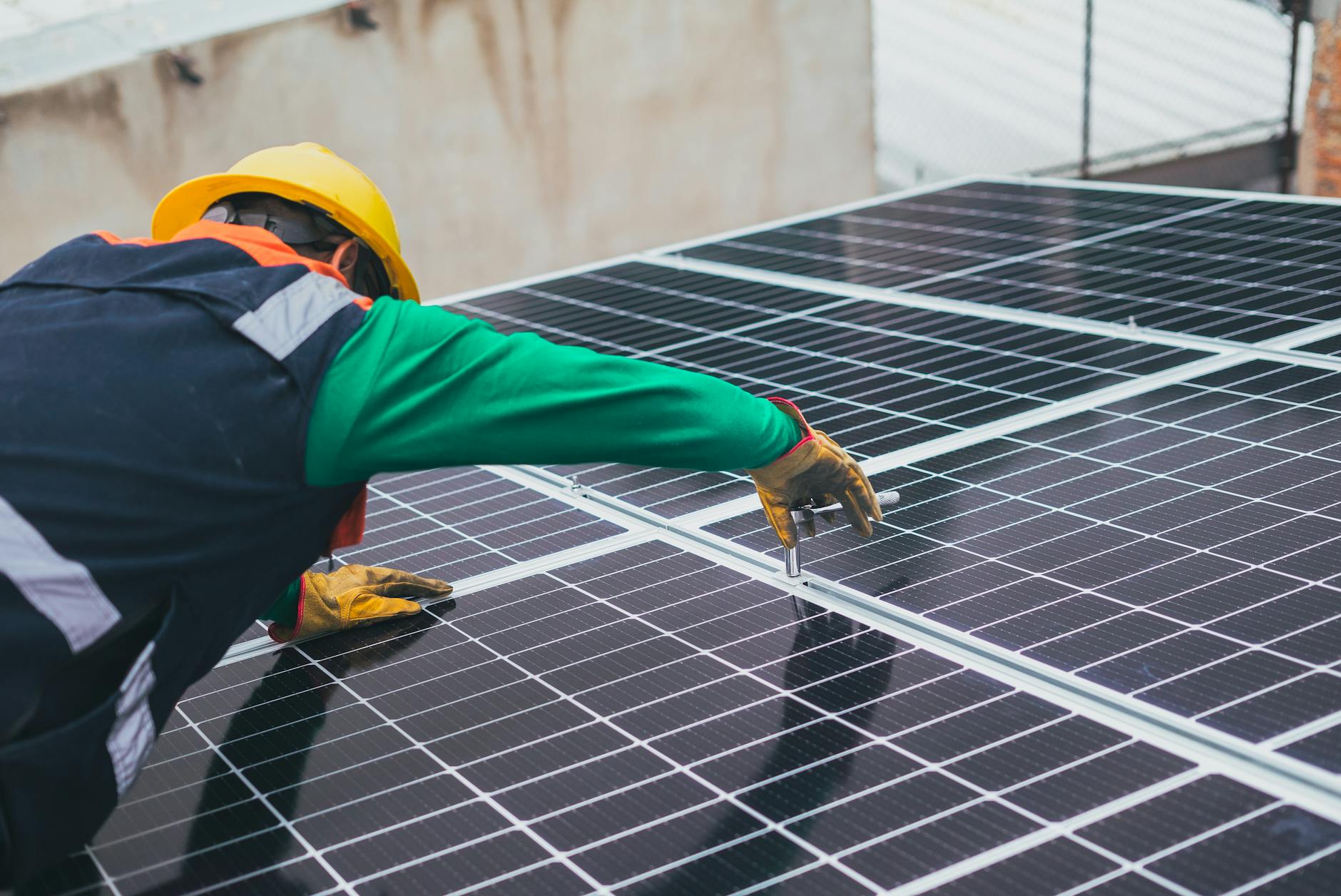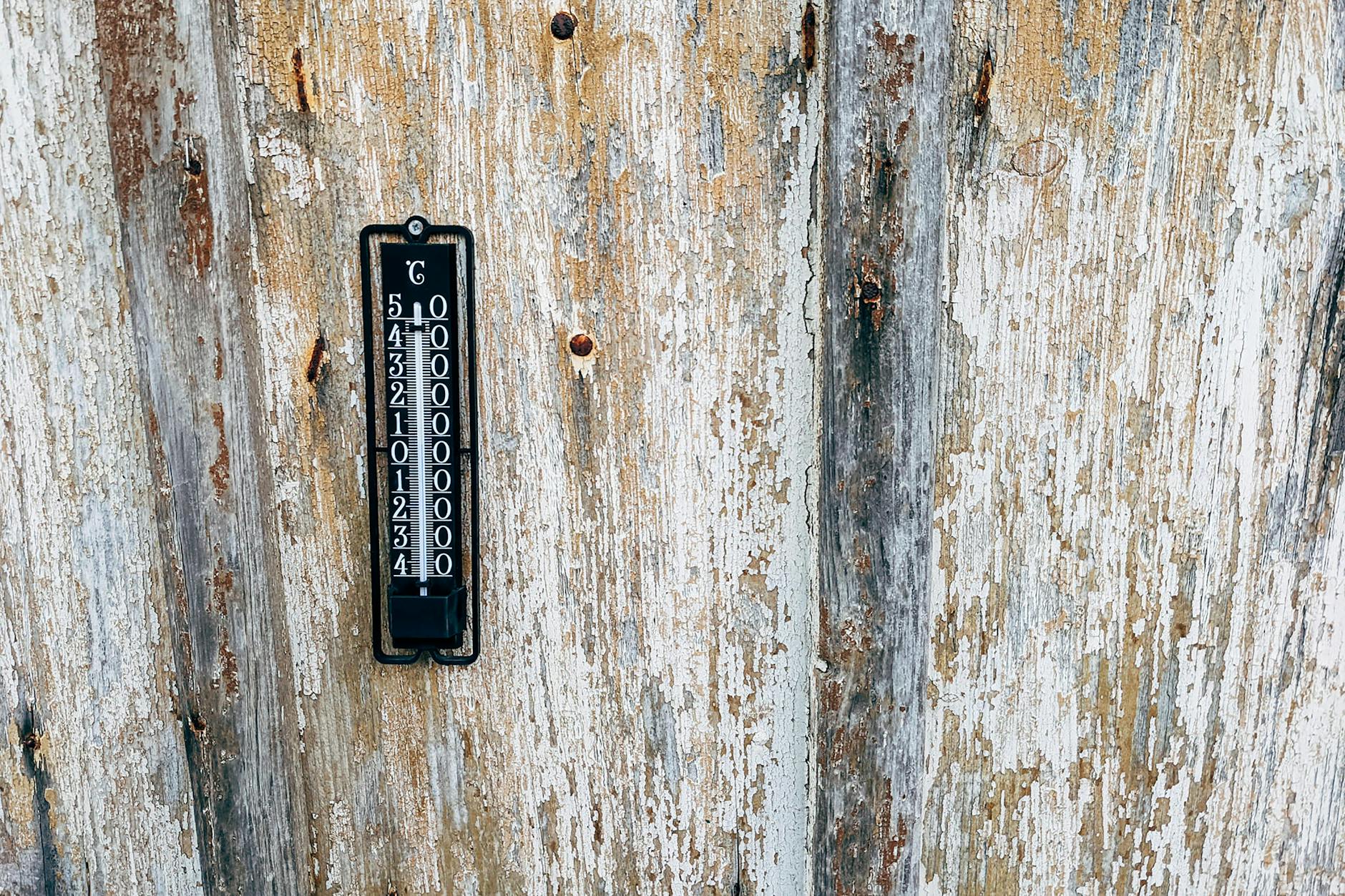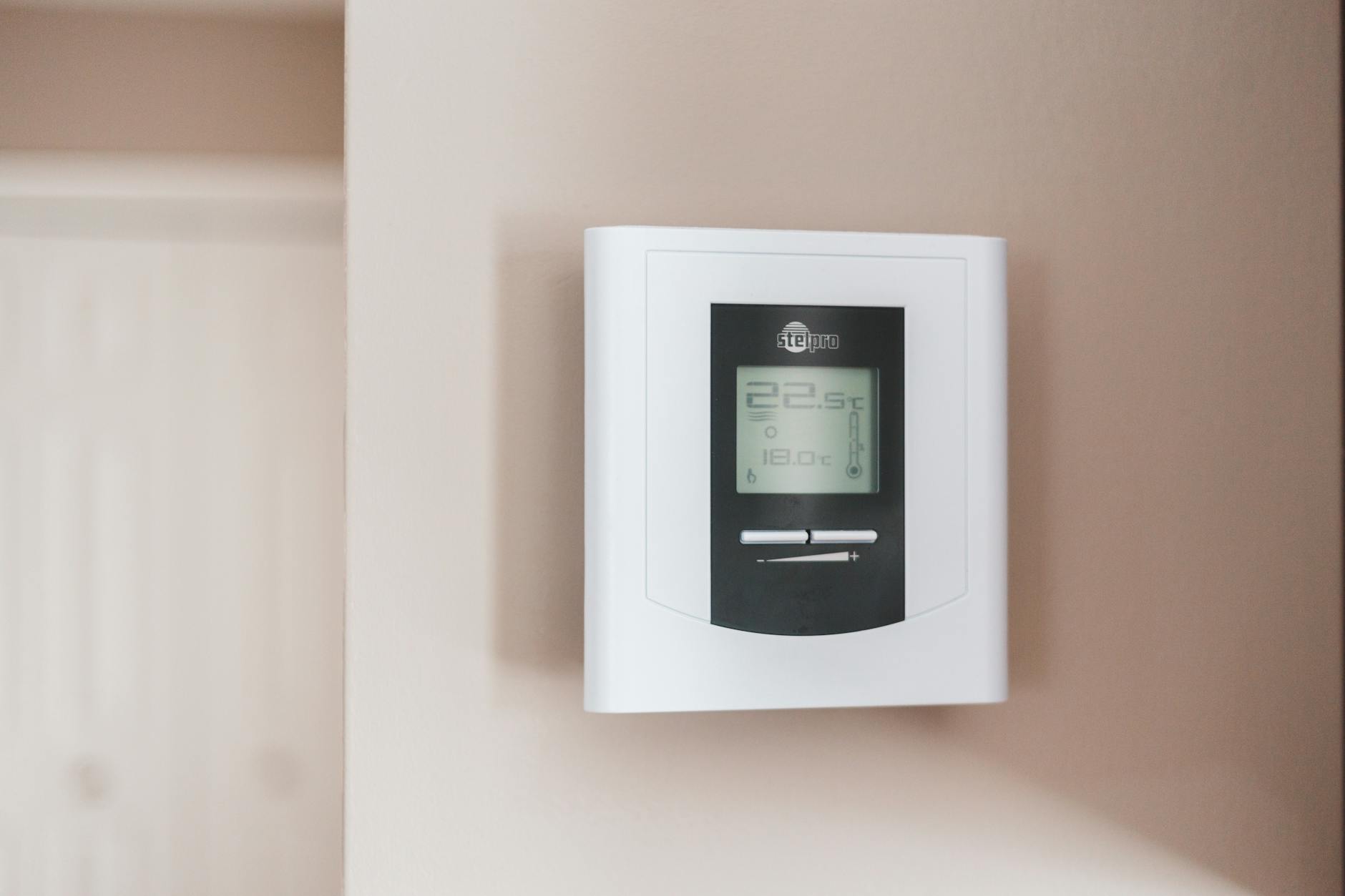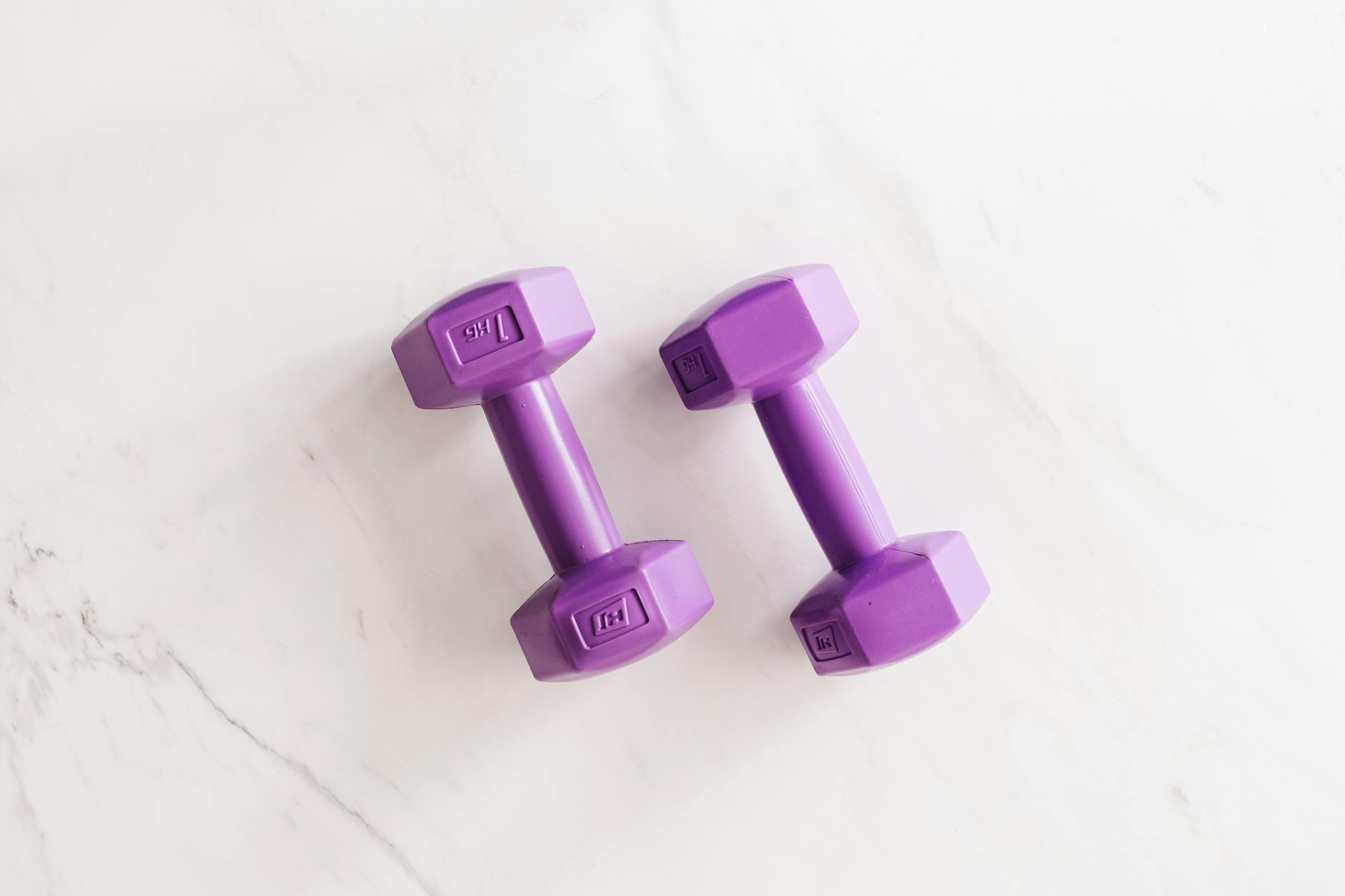
As we approach the new year, ensuring optimal indoor comfort and energy efficiency becomes increasingly important for homeowners. Preparing your HVAC system for the upcoming year is crucial in maintaining a comfortable living environment while also conserving energy and reducing utility costs. In this blog post, we will explore the top HVAC best practices that will help you achieve indoor comfort and efficiency in the new year. From regular maintenance to optimizing your system for sustainability, these tips will provide valuable insights into maximizing the performance of your HVAC system.
By implementing these best practices, you can prioritize sustainability, enhance efficiency, and ensure optimal comfort for the year ahead. Let’s dive into the top tips for indoor comfort and efficiency as we transition into the new year.
Schedule Regular Maintenance
To keep your HVAC system running smoothly throughout the year, scheduling regular maintenance is critical. Professional HVAC technicians can inspect, clean, and tune-up your system, ensuring that all components are in optimal condition. Regular maintenance not only enhances system performance but also prolongs its lifespan, saving you from costly repairs down the line.
Importance of Regular Maintenance
Regular maintenance can identify and address minor issues before they escalate into major problems, preventing unexpected breakdowns and disruptions to your comfort. It also ensures that your HVAC system operates efficiently, which can lead to lower energy bills and reduced environmental impact.
DIY Maintenance Tasks
In addition to professional servicing, there are some simple maintenance tasks you can perform yourself, such as changing air filters regularly and keeping outdoor units free from debris. These small efforts can contribute to the overall well-being of your HVAC system.
Scheduling Professional Inspections
Professional HVAC inspections typically include checking electrical connections, lubricating moving parts, evaluating refrigerant levels, and examining the overall functioning of the system. By adhering to a regular maintenance schedule, you can gain peace of mind knowing that your HVAC system is well-maintained and ready to tackle the demands of the new year.

Invest in a Programmable Thermostat
As we strive for greater energy efficiency and indoor comfort in the new year, one of the best investments you can make for your HVAC system is a programmable thermostat. This innovative device allows you to set specific temperatures for different times of the day, ensuring that your heating or cooling system operates optimally without wasting energy when it’s not needed.
Benefits of a Programmable Thermostat
A programmable thermostat offers several advantages that contribute to overall HVAC efficiency and cost savings. Here are a few key benefits:
- Energy Savings: By automatically adjusting the temperature based on your schedule, a programmable thermostat can significantly reduce energy consumption, leading to lower utility bills and a reduced environmental impact.
- Consistent Comfort: With the ability to pre-program temperature settings, you can ensure a comfortable indoor environment without the need to manually adjust the thermostat throughout the day.
- Remote Access: Many modern programmable thermostats offer remote access through smartphone apps, allowing you to control your HVAC system from anywhere, providing convenience and flexibility.
Installation and Programming
Installing a programmable thermostat is relatively straightforward and can be a DIY project for those with basic electrical knowledge. However, for optimal functionality and compatibility with your HVAC system, it’s recommended to seek professional installation.
When programming your new thermostat, consider your daily routine and create a schedule that aligns with your occupancy patterns. This may include adjusting the temperature during sleeping hours, work hours, and periods of absence from home.
Choosing the Right Thermostat
When selecting a programmable thermostat, consider factors such as compatibility with your HVAC system, display features, and the ability to customize temperature schedules. Modern models often include smart features and intuitive interfaces, providing a user-friendly experience.
Investing in a programmable thermostat is a proactive step towards enhancing your home’s comfort and energy efficiency, aligning with the overarching goal of optimizing your HVAC system for the upcoming year.
Photo by Erik Mclean
Seal Air Leaks
Whether you’re looking to reduce energy wastage or enhance indoor comfort, addressing air leaks in your home is a critical step. Gaps and cracks in doors, windows, ducts, and vents can result in increased energy consumption and reduced HVAC efficiency. Here are some top tips for identifying and sealing air leaks:
Inspecting for Air Leaks
Regularly inspect your home for noticeable signs of air leaks, such as drafts around windows and doors, as well as gaps in the attic and basement. Utilizing a candle or incense stick near potential leak areas can help pinpoint drafts.
Weather Stripping and Caulking
Applying weather stripping to doors and windows and sealing gaps with caulking are effective methods for preventing air leakage. Ensure that these measures are applied correctly to maximize their effectiveness.
Sealing Ductwork
Hiring a professional to inspect and seal your HVAC ductwork can significantly reduce air leaks and improve overall system performance. Look for a qualified technician to carry out this essential task.
Importance of Air Leak Sealing
By addressing air leaks, you not only enhance indoor comfort by reducing drafts and temperature fluctuations but also contribute to lower energy bills and a more sustainable living environment.
Photo by eberhard grossgasteiger
Clean or Replace Air Filters
When it comes to maintaining your HVAC system, clean or replace air filters are often overlooked but crucial for its efficiency. Here are important aspects to consider:
Importance of Clean Air Filters
Air filters play a vital role in maintaining indoor air quality by capturing dust, pollen, and other airborne particles. Over time, these filters can become clogged, making it harder for your HVAC system to circulate air effectively. This not only leads to reduced indoor air quality but also forces the system to work harder, consuming more energy.
Regular Inspection and Replacement
Regularly inspecting and replacing air filters is essential to ensure optimal HVAC performance. A clogged filter can restrict airflow, leading to increased energy consumption and potential damage to the system. It’s recommended to check filters monthly and replace them every 90 days, or more frequently if you have pets or live in a dusty environment.

DIY Filter Cleaning
For reusable filters, regular cleaning is crucial. This can be done by vacuuming or washing the filters, following the manufacturer’s recommendations. Proper maintenance not only ensures better air quality but also extends the life of the filter, reducing the frequency of replacements.
Choosing the Right Filter
When replacing air filters, consider the MERV (Minimum Efficiency Reporting Value) rating, which indicates the filter’s effectiveness. Higher MERV ratings capture smaller particles but may restrict airflow, so it’s important to choose a filter that strikes a balance between air quality and system efficiency.
By prioritizing the maintenance of air filters, you can significantly improve the performance and longevity of your HVAC system while ensuring a healthier indoor environment for you and your family.
Optimize Airflow
Ensuring proper airflow in your HVAC system is essential for maintaining indoor comfort and energy efficiency. By optimizing airflow, you can enhance air distribution, improve system performance, and reduce energy consumption. Here are some strategies to optimize airflow within your HVAC system:
Regular Duct Inspections and Cleaning
Schedule regular inspections and cleaning of your HVAC ductwork to ensure that there are no blockages or debris hindering airflow. Accumulated dust, dirt, and debris can restrict the flow of conditioned air, leading to inefficient operation and reduced indoor air quality.

Proper Vent and Register Placement
Ensure that furniture, curtains, or other obstructions do not block vents or registers. Proper placement of these components allows for unobstructed airflow throughout your living spaces, promoting even temperature distribution and efficient HVAC operation.
Use of High-MERV Filters
Consider using high Minimum Efficiency Reporting Value (MERV) filters in your HVAC system. These filters can help capture smaller particles, reducing the accumulation of debris within the ducts and improving overall airflow quality.
These measures contribute to an optimized HVAC airflow system, promoting better indoor air quality and efficient operation. By ensuring proper airflow, you can maximize the performance of your HVAC system while maintaining a comfortable indoor environment.
Consider Upgrading to Energy-Efficient Equipment
When aiming to boost your HVAC system’s efficiency and performance, considering an upgrade to energy-efficient equipment is a proactive step. By investing in modern, energy-saving HVAC appliances, you can significantly reduce your energy consumption and environmental impact while enjoying improved indoor comfort.
Benefits of Energy-Efficient Equipment
Energy-efficient HVAC systems are engineered to consume less energy while delivering the same or even better heating, cooling, and ventilation performance. These units often come with advanced features such as variable-speed motors, smart thermostats, and improved insulation, all designed to optimize energy usage and minimize waste.
Cost Savings and Environmental Impact
Upgrading to energy-efficient equipment can lead to long-term cost savings on utility bills. By reducing energy consumption, you not only lower your monthly expenses but also contribute to environmental conservation by decreasing your carbon footprint.
Professional Installation and Maintenance
When considering an upgrade, it’s essential to consult with HVAC experts who can assess your specific needs and recommend the most suitable energy-efficient equipment for your home or business. Moreover, professional installation and ongoing maintenance ensure that your upgraded system operates at peak efficiency while extending its lifespan.
Photo by Karolina Grabowska
Utilize Zone Heating and Cooling
In the quest for indoor comfort and energy efficiency, utilizing zone heating and cooling can be a game-changer. This practice involves dividing your home into distinct zones and controlling the temperature in each area separately. Here’s how you can effectively leverage zone heating and cooling for maximum comfort and savings:
Understanding Zone Heating and Cooling
Zone heating and cooling allows you to customize the temperature in different areas of your home, offering personalized comfort based on specific needs. By segmenting your living space into zones, you can direct conditioned air to where it’s needed most, rather than uniformly heating or cooling the entire house.
Benefits of Zone Heating and Cooling
1. Enhanced Comfort:
- With zone heating and cooling, you can finally bid farewell to uneven temperature distribution in your home. Each zone can be tailored to accommodate individual preferences, ensuring optimal comfort for everyone.
2. Energy Savings:
- By heating or cooling only the necessary areas, you can significantly reduce energy wastage and lower utility bills. This targeted approach to conditioning spaces can lead to substantial cost savings over time.
3. Personalized Control:
- Zone heating and cooling empowers occupants to have control over the temperature in their immediate surroundings, fostering a customized and pleasant indoor environment.
How to Implement Zone Heating and Cooling
- Smart Thermostats: Invest in smart thermostats that enable precise temperature regulation for different zones, allowing for convenient and efficient control.
- Zone Dampers: Install motorized zone dampers within your HVAC system to direct airflow to specific zones, ensuring that conditioned air is distributed strategically.
- Professional Assessment: Seek the expertise of HVAC professionals to assess your home’s layout and recommend the most effective zones for heating and cooling.
Utilizing zone heating and cooling can revolutionize the way you experience indoor comfort while promoting energy efficiency. By tailoring temperature settings to specific areas, you can enjoy a cozy living space while minimizing energy consumption.

Monitor Your Energy Consumption
Monitoring your energy consumption is a crucial aspect of maintaining indoor comfort and maximizing HVAC system efficiency. By being aware of how much energy your HVAC system is utilizing, you can make informed decisions to optimize its performance and reduce your energy costs.
Tracking Usage Patterns
Understanding your energy consumption patterns can provide valuable insights into how your HVAC system operates throughout the day. By tracking usage patterns, you can identify peak usage times, potential energy wastage, and areas for improvement. This information can help you adjust your heating and cooling settings for optimal comfort while minimizing energy waste.
Utilizing Smart Technology
Incorporating smart energy monitoring technology allows you to keep a close eye on your HVAC energy consumption. Smart thermostats and energy monitors provide real-time data and detailed reports on energy usage, enabling you to make proactive adjustments to enhance efficiency. With the ability to control temperature settings remotely and receive energy usage alerts, you can actively manage your HVAC system’s performance.
Implementing Energy-Saving Practices
Armed with knowledge about your energy consumption, you can implement energy-saving practices effectively. From adjusting temperature settings during periods of low occupancy to identifying equipment inefficiencies, the data obtained from energy monitoring empowers you to take targeted actions that lead to significant energy savings.
Conclusion
Monitoring your energy consumption plays a pivotal role in optimizing indoor comfort and HVAC system efficiency. By leveraging data-driven insights, you can strategically manage your energy usage, promote sustainability, and achieve cost-effective operation of your HVAC system.

Enhance Insulation
When it comes to optimizing your HVAC system for the new year, enhancing insulation is a key factor in maintaining indoor comfort while maximizing energy efficiency. Proper insulation helps in retaining conditioned air, preventing energy loss, and reducing the workload on your HVAC equipment. Here are some essential sub-sections to consider:
Assess Current Insulation Levels
Begin by evaluating the existing insulation in your home. Check for any areas that may have inadequate or deteriorating insulation, such as attics, walls, and crawl spaces. Inadequate insulation can lead to heat loss during the winter and heat gain during the summer, impacting the overall efficiency of your HVAC system.
Upgrade Insulation Materials
Consider upgrading insulation materials to improve thermal resistance. Modern insulation materials such as spray foam, fiberglass, and cellulose offer enhanced energy-saving benefits. Upgrading insulation not only contributes to energy efficiency but also aids in maintaining a consistent and comfortable indoor temperature throughout the year.
Seal Air Leaks and Gaps
In addition to enhancing insulation, sealing air leaks and gaps in your home is crucial. Identifying and sealing these areas will further improve the effectiveness of the insulation, preventing conditioned air from escaping and minimizing the infiltration of outdoor air.
Professional Inspection and Installation
Engage the services of a professional HVAC contractor to conduct a comprehensive inspection of your insulation and provide expert guidance on upgrading or adding insulation where necessary. Professional installation ensures that insulation is correctly placed and optimally performs its function, contributing to a more efficient HVAC system.
Photo by Gareth Rees
Seek Professional HVAC Guidance
In the complex world of HVAC systems, seeking professional guidance can be advantageous. Professional HVAC technicians have the knowledge and expertise to evaluate your system comprehensively, offer tailored solutions, and address any underlying issues. Below are key subtopics for seeking professional HVAC guidance:
Assessment of System Requirements
Professionals assess your specific HVAC needs based on factors such as property size, insulation, and usage patterns. They can recommend appropriate equipment and system configurations to optimize indoor comfort and energy efficiency.
Efficient System Design
HVAC professionals can design an efficient system layout tailored to your property, ensuring adequate airflow and distribution of heating and cooling to all areas. This design approach maximizes comfort while minimizing energy consumption.
Precision Installation and Calibration
Skilled technicians ensure precise installation and calibration of HVAC equipment, optimizing its performance. Proper installation enhances system longevity and energy efficiency while minimizing the likelihood of future malfunctions.
Customized Maintenance Plans
HVAC professionals can develop personalized maintenance schedules to keep your system in peak condition. Regular service not only extends the lifespan of your HVAC equipment but also maintains its efficiency, saving on operational costs.
Compliance and Regulations
By engaging HVAC professionals, you benefit from their up-to-date knowledge of industry regulations and standards. They ensure that your system meets all legal requirements, avoiding potential penalties and ensuring safety and environmental compliance.
Ongoing Support and Troubleshooting
Professional HVAC providers offer ongoing support, including troubleshooting services and emergency repairs. This ensures that any issues with your HVAC system are promptly addressed, minimizing downtime and discomfort.
Photo by Karolina Grabowska
Conclusion
In conclusion, implementing the best HVAC practices is crucial for ensuring optimal indoor comfort and energy efficiency in the new year. By focusing on improved energy efficiency, enhanced indoor air quality, and proactive HVAC maintenance, individuals and businesses can experience a healthier and more comfortable living or working environment while also reducing utility bills. Sealing ducts, insulating ductwork, programming the thermostat, changing air filters, inspecting ductwork, and cleaning the drain line are all essential steps to achieve a more energy-efficient HVAC system. Embracing these top tips will lead to a more sustainable and cost-effective approach to indoor climate control, setting the stage for a productive and comfortable year ahead.
At Neal’s Heating & Air, we’re dedicated to assisting you in 2024 with optimizing the efficiency of your HVAC system. Count on us for top-notch service and expertise to ensure your system operates at its peak performance.





